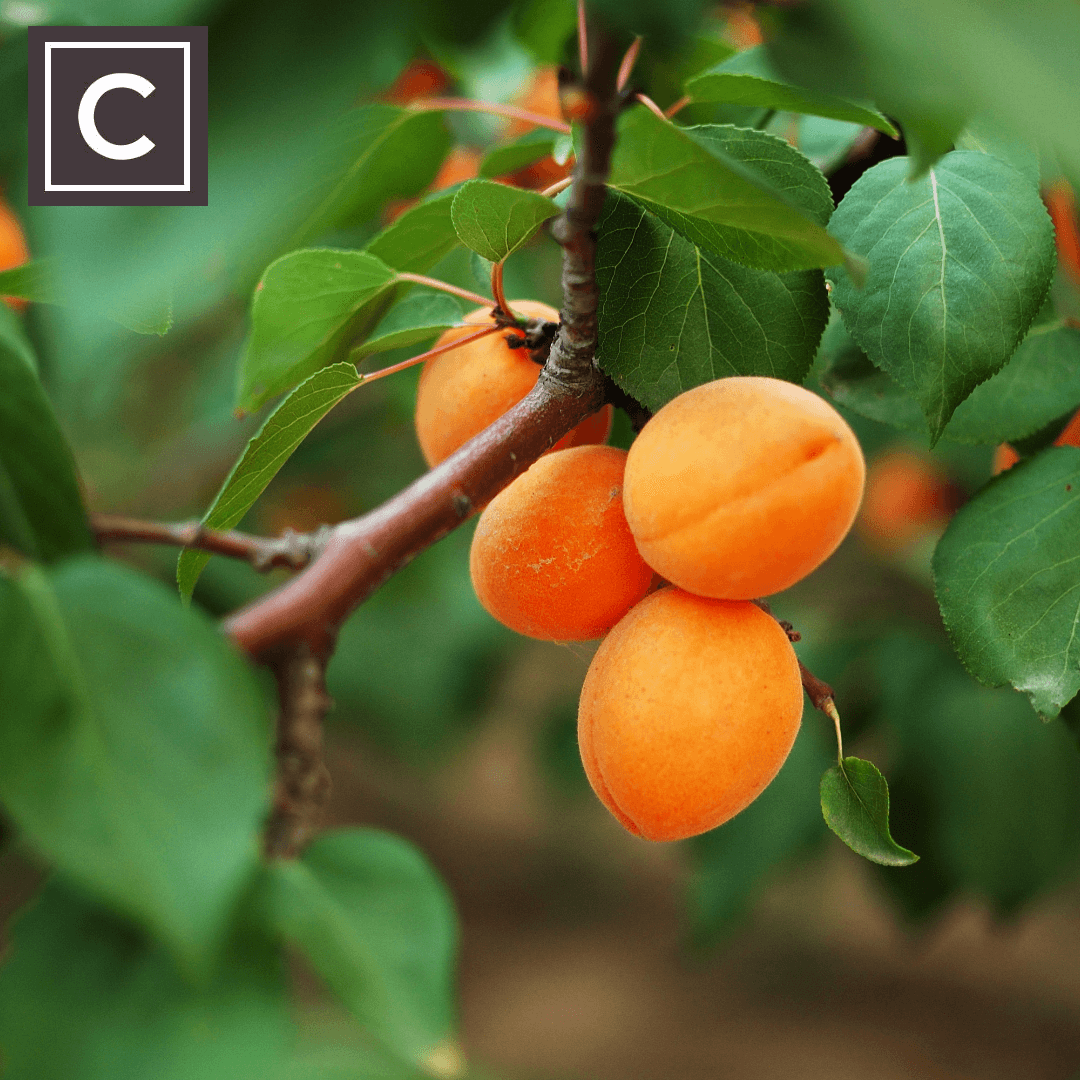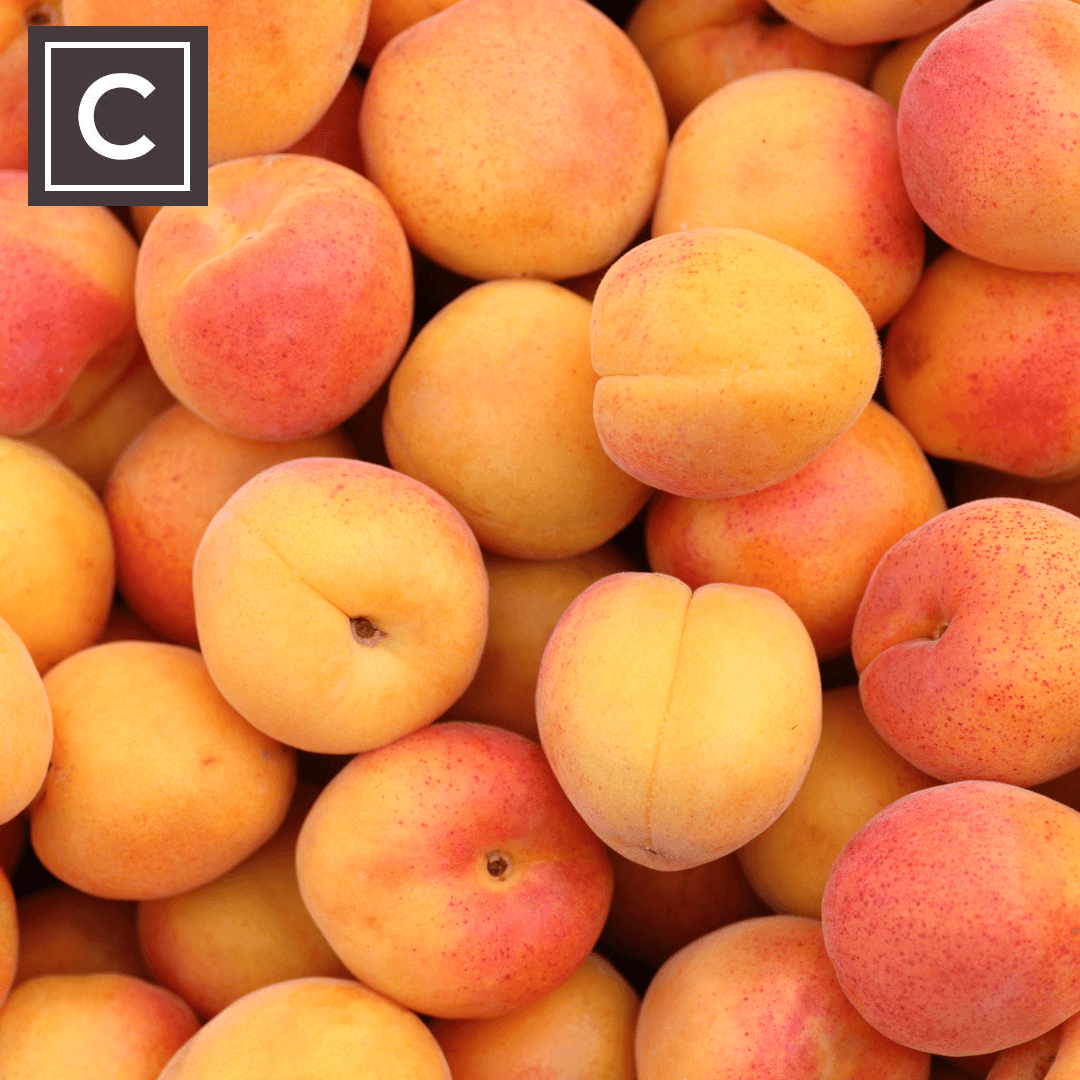Ingredient Glossary: Apricot
Posted by Emily on 1st Dec 2019 Reading Time:
A close cousin to the peach, nectarine, plum, and cherry, apricots exude a delightful aroma and soft, velvety skin ranging from a subtle yellow to a rich orange hue. The interior houses a large stone that easily dislodges when the fruit is fully ripe.
Apricots flourish in warm climates; most are sourced from hot European nations during the summer months. Additionally, a brief winter harvest period for apricots is cultivated in Chile and South Africa.
Apricot, scientifically known as Prunus armeniaca, is a fruit-bearing tree of the rose family (Rosaceae). It is grown in temperate zones globally, with a particular concentration in Mediterranean regions. Apricots share close genetic ties with peaches, almonds, plums, and cherries (also classified under Prunus).
They can be enjoyed fresh or cooked, commonly preserved through canning or drying. These fruits are a primary ingredient in jam and frequently lend their flavour to liqueurs. Apricots are abundant in vitamin A and naturally high in sugar content. Dried apricots serve as an excellent source of iron.
Availability
The British apricot season spans from May to September.
Selecting the Best
The colour of an apricot isn't always an accurate indicator of its flavour. Nonetheless, it's advisable to avoid overly pale varieties and those with wrinkled or flawed skin. The flesh should feel moderately firm but yield slightly to pressure.
Preparation
To halve the fruit, run a knife around the stone, following the natural indent of the apricot, then gently twist the halves apart and remove the stone. To prevent the cut surfaces from discolouring, brush them with lemon juice.
Storage
Store at room temperature if the fruit is not yet fully ripe—it will ripen within a day or two when left in a fruit bowl. Otherwise, keep them in the fridge.
Cooking Suggestions
Apricots can be used in tarts and crumbles, poached and accompanied by double cream, or transformed into jam, compote, or chutneys.
Alternative Options
Peaches or nectarines can be used as a substitute.



